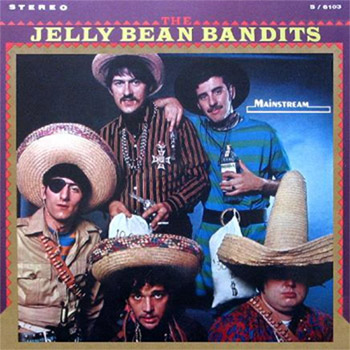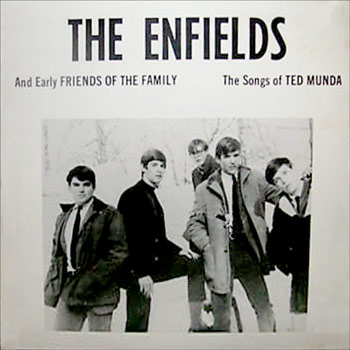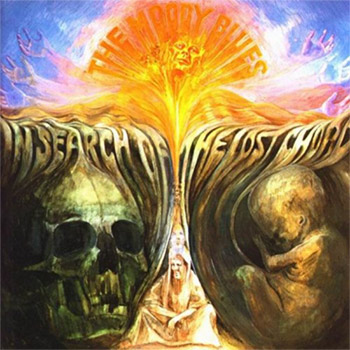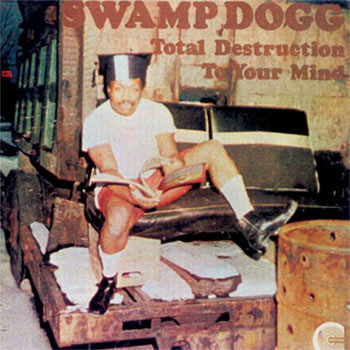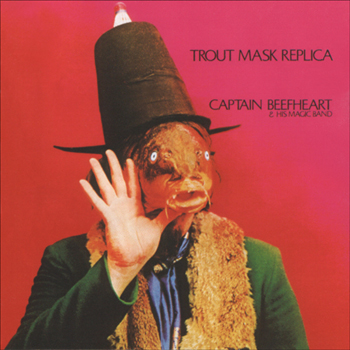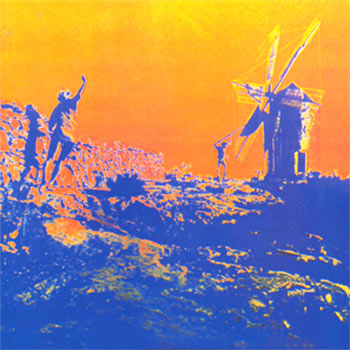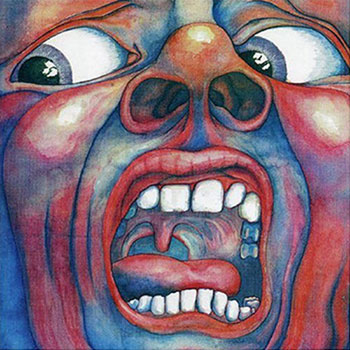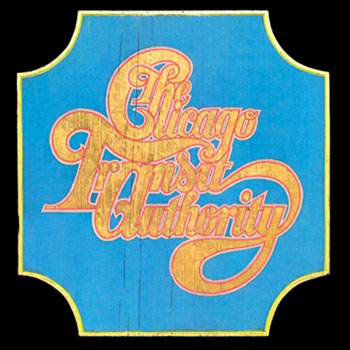The Monkees “Head”

Head isn’t the best Monkees album; in fact it contains just six pieces of music, only one of which is a copper-bottomed classic. But it does best symbolise the wonderful set of contradictions that made up the Monkees and their brief top-flight career.
The Monkees were first really brought to my attention in 1967 when my kid sister pinned a tearout picture from Fab 208 teeny fanzine on her bedroom wall. It showed the band members goofing around in Victorian style striped swimsuits. Her comment was Haven’t they got nice legs?. You can imagine the response she received from this then ultra-serious psychedelia and Memphis soul admirer. Actually I had appreciated the excellent first single, Last Train To Clarksville, but had not been impressed by the follow-ups, including the turgid I Wanna Be Free and the simplistic I’m Not Your Steppin’ Stone. Nothing to lay alongside Pepper, Hendrix and Wilson Pickett there, then. The TV series just irritated me: A Hard Day’s Night reduced to twenty-five-minute knockabouts. And if I did manage to catch the Head movie “ I can’t remember if I did or not “ its plotless, formless, apparently pointless structure would have had the same effect.
Fast forward to the new millenium, and after decades of derision the Monkees suddenly became hip again in the wake of Britpop, New Psychedelia and other sixties revival movements. I discovered to my surprise that Mickey Dolenz was a peerless pop vocalist, and Mike Nesmith a confident, strident songwriter; that the best songs had been penned by the aristocracy of Goffin and King, Boyce and Hart, Neil Diamond, John Stewart and the Harries Chapin and Nilsson; that with musical backing by Glen Campbell, James Burton, Clarence White, Ry Cooder, Tommy Tedesco, Neil Young (yes, that one) and other A-team sessioneers from both coasts, those tracks were, in retrospect, sublime nuggets of pop; and that Head the movie was a definitive sixties cinematic experience. I came to sympathise with the group’s struggle to escape from the straitjacket of the exploitative entertainment industry, so splendidly satirised in Head in Ditty Diego – War Chant. From witless boy-band to The Next Beatles via psychedelia and country-rock, I saw the Monkees for what they really had been: a genuinely ambitious and progressive outfit with real musical integrity, their career cut short by their inability to shed the ludicrous image they’d been saddled with at the start. (OK, maybe scratch Davy Jones, who had zip musical or vocal talent, but provided eye-candy in the same way as Paul McCartney did for the Fabs and Brian Jones did for the Stones, and also shared Macca’s unfortunate penchant for Vaudeville. Nobody’s perfect.)
Head the movie and Head the album represent the Monkees’ final, ill-fated, attempt to break through the cultural barriers. Read about the movie on Wikipedia, if you will; the entry is very good. The album comprises the aforesaid six songs plus a bewildering collage of dialogue and found sounds from the film, deliberately reassembled, reverbed, varispeeded and otherwise twisted to produce a supremely trippy experience not unlike Frank Zappa’s experiments on Uncle Meat. (In fact Zappa also has a cameo in the film.) Of the songs, Porpoise Song (Goffin & King) is possibly the best psychedelic single ever released. The live version of Nesmith’s Circle Sky, unaccountably passed over on the original album for the inferior studio version, is good enough to have been included on Nuggets. And the reissue CD also includes the original mix of Peter Tork’s Can You Dig It, his homespun vocal fitting this deeply psych song better than Micky’s smooth, poppy delivery as used on the final version.
Both movie and album bombed, of course. But the Monkees’ true legacy can be found in the excellent psych artifact which is the reissue CD of Head, and on the absolutely stunning 2008 Rhino 4-CD compilation The Monkees Music Box. Also indispensible is Andrew Sandoval’s definitive book The Monkees: The Day By Day Story. Go explore, and happy hunting.
“Porpoise Song”
![]() CD Reissue | 1994 | Rhino | at amazon ]
CD Reissue | 1994 | Rhino | at amazon ]
![]() Vinyl | 1968 | Colgems | at ebay ]
Vinyl | 1968 | Colgems | at ebay ]
![]() Spotify link | listen ]
Spotify link | listen ]
